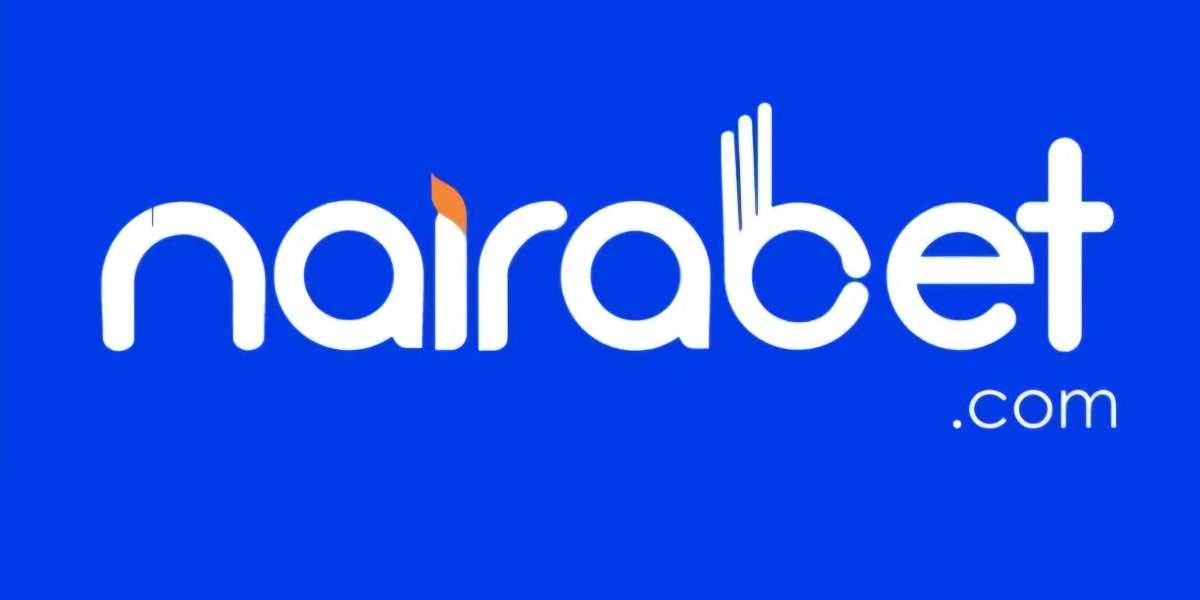Every delivery process has its designated stages. Each of the stages holds vital importance in the supply-chain process. A delay at any stage may cause your business to lose the potential profit and other business opportunities. However, the most significant and challenging part of the supply chain process is the last stage, known as the last-mile delivery. This stage generally refers to the transportation of goods from the distribution center to its final destination on a fleet of trucks. The final destination of goods can either be a customer’s doorstep or any retail shop. It is a very critical part as it includes the involvement of the end consumers.
A delay at this stage would directly make the customers unhappy, as poor customer service leaves the customers dissatisfied. This stage can make or break the overall customer experience, so the business must enhance its last-mile delivery efficiency.
One of the effective ways of improving last-mile delivery performance is by utilizing truck fleet services. In this blog, we will explore the best ways truck fleet services can enhance last-mile delivery efficiency and optimize overall business processes.
1. Optimize Delivery Routes
At last-mile delivery, indirect routes reaching the delivery address can cause significant delays, additional fuel consumption, and incur miscellaneous expenses. One significant advantage of truck fleet services is the ability to optimize routes in real time. You can identify, monitor, and optimize the fastest routes with route optimization software. Advanced fleet management software leverages GPS tracking and real-time traffic data to make sure that the truck drivers are taking the most efficient routes. As a result, you can easily reduce fuel costs, travel time, and the risk of delays caused by road closures, hence efficiently moving goods and delivering them on schedule.
Truck fleet services allow your goods’ delivery to adapt to real-time changes. This can include weather conditions, accidents, or changes in traffic patterns, allowing instant adjustments in your routes. Fleet management software is AI-based and hence helps you prepare the most efficient route for delivery, maintaining customer satisfaction.
2. Data-Driven Decision Making
For the improvement of last-mile delivery, fleet managers can use saved data from previous deliveries. Fleet management systems collect abundant data, from vehicle performance to delivery times and customer preferences. This data is crucial for finding and leveraging opportunities in last-mile delivery. By analyzing this data, businesses can gain valuable insights into their delivery operations and identify areas of improvement. Based on the delivery data and customer preferences, you can plan and execute last-mile deliveries and determine a cost-effective route for your fleet.
For example, fleet data can give insights into patterns of delivery times, helping your business understand peak delivery windows and regions with higher traffic. This allows for more informed decision-making and better allocation of resources. Moreover, data-driven insights can also assist in forecasting demand, improving inventory management, and planning fleet expansion.
3. Delivery Windows and Off-Peak Deliveries
Fleet managers can improve last-mile delivery efficiency by offering delivery windows and encouraging customers to choose off-peak delivery times. The fleet managers can analyze their delivery patterns and offer precise delivery windows to customers. A delivery window refers to the time frame when the customers can expect their package delivery. It can be hours, a number of days, or a specific time of the day.
Moreover, by reducing the number of deliveries during peak hours, fleet managers can minimize fleet clustering and delivery delays. This can have a significant positive impact on delivery schedules and customer satisfaction as your chances of early delivery increase. You can also encourage customers to select off-peak hours for delivery by offering certain incentives. These can include discounts on delivery rates, membership discounts, etc.
4. Reduce Operational Costs
Another effective way truck fleet services can improve last-mile deliveries is by reducing miscellaneous costs. The fuel costs have risen too high, which is a major concern for fleet managers. Fleet services can leverage solutions that can significantly reduce operational costs and implement sustainable practices. Using fleet management software, you can monitor fuel consumption, identify inefficiencies, and implement strategies to reduce fuel costs, like fuel-efficient driving or optimizing delivery routes to minimize travel distance.
Moreover, you can optimize the truck space for maximizing the number of packages delivered on a single truck. When you reduce the number of vehicles on the road, you reduce the risks of multiple truck breakdowns, encourage lower carbon emissions, and contribute to greener, more sustainable operations.
Conclusion
Last-mile delivery is one of the most challenging stages of the whole supply chain of goods. This is because of the customer’s involvement in this aspect and the reputation at stake. Your truck fleet services can improve last-mile delivery efficiency by implementing the above-listed strategies.
By leveraging advanced fleet management technology, businesses can reduce costs, improve sustainability, and enhance customer satisfaction. You should consider investing in efficient fleet management solutions and partner up with a trusted fleet maintenance service provider, like Epika, to optimize operations and address any fleet issues proactively.


